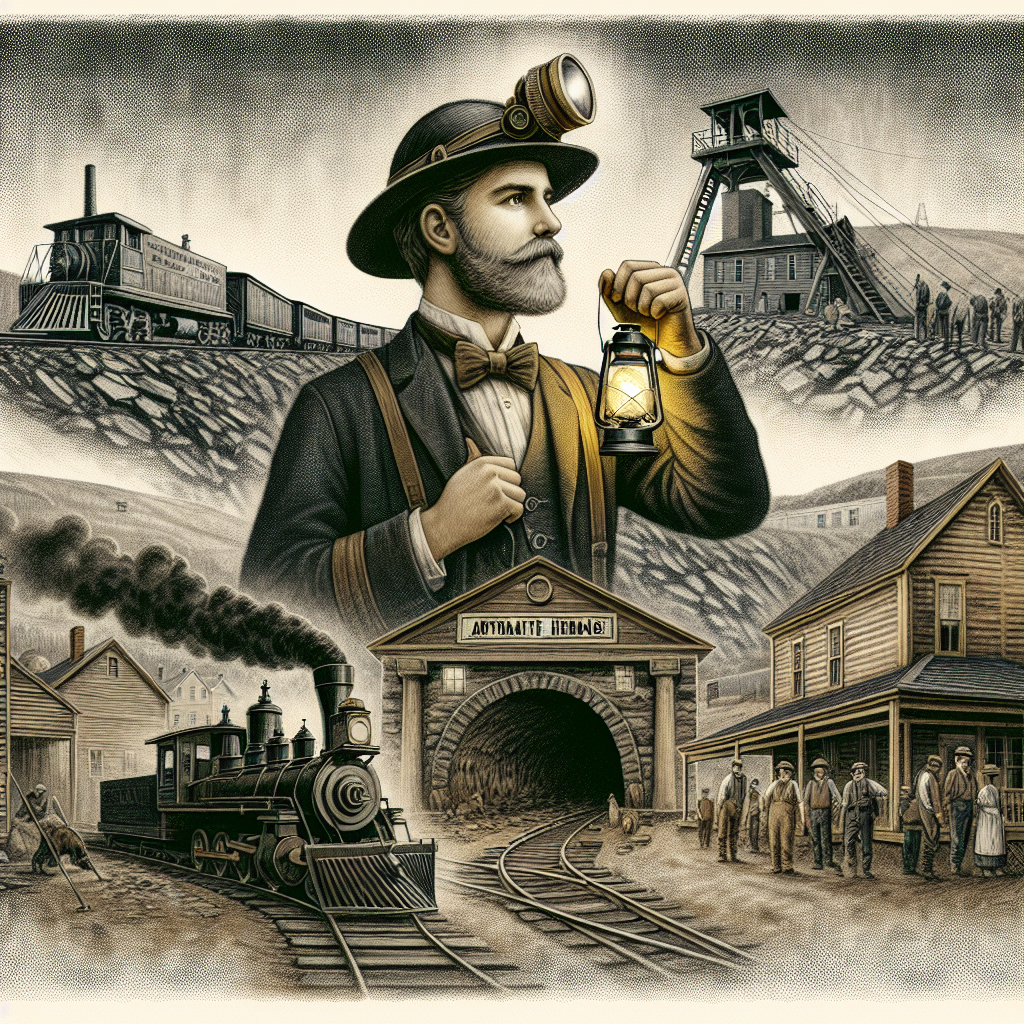Exploring Pennsylvania’s Industrial Heritage and Museums
Nestled in the northeastern United States, Pennsylvania is a state rich in history and culture. Known as the Keystone State, it has played a pivotal role in America’s industrial revolution. From steel production to coal mining, Pennsylvania’s industrial heritage is both fascinating and influential. Today, this legacy is preserved in numerous museums and historical sites across the state, offering a glimpse into the past and the innovations that shaped our modern world. Join us as we explore Pennsylvania’s industrial heritage and its captivating museums.
The Steel City: Pittsburgh’s Industrial Legacy
Pittsburgh, often referred to as the Steel City, stands as a testament to Pennsylvania’s industrial might. During the late 19th and early 20th centuries, Pittsburgh was the epicenter of America’s steel industry. The city’s skyline, dotted with towering structures and smoke-belching factories, was a symbol of industrial prowess.
Today, visitors can delve into this rich history at the Carnegie Science Center, home to the Miniature Railroad & Village which captures Pittsburgh’s evolution. Additionally, the Rivers of Steel National Heritage Area provides guided tours of the Carrie Blast Furnaces, offering a firsthand look at the steel-making process that once dominated the region.
Anthracite Coal: The Fuel That Powered America
Anthracite coal mining was another cornerstone of Pennsylvania’s industrial heritage. In the northeastern part of the state, coal mining was a way of life, providing fuel for homes and industries alike. The Anthracite Heritage Museum in Scranton offers insights into the lives of the miners and the communities that thrived around this industry.

Visitors can also explore the Lackawanna Coal Mine Tour, which takes you deep into a real coal mine, giving a unique perspective on the challenging conditions faced by miners. The tour is not only educational but also a moving tribute to the resilience of the workers who powered America.

The Railroad Revolution: Tracks Across Pennsylvania
The advent of the railroad brought profound changes to Pennsylvania, facilitating the efficient transport of goods and people across the country. The Railroad Museum of Pennsylvania in Strasburg showcases this transformation with an impressive collection of locomotives and railroad artifacts.
For a more immersive experience, the Steamtown National Historic Site in Scranton offers steam locomotive excursions and exhibits detailing the history of railroading. The site provides a fascinating look into how railroads were the veins through which the lifeblood of industry flowed.
The Rise of Oil: Titusville’s Oil Boom
While often overshadowed by coal and steel, Pennsylvania’s oil industry was revolutionary in its own right. The discovery of oil in Titusville in 1859 marked the beginning of the modern petroleum industry. The Drake Well Museum and Park in Titusville commemorates this significant event, offering exhibits and demonstrations on the early oil industry.
This site not only explores the technological advancements but also the economic and social impacts of the oil boom. It’s a must-visit for anyone interested in the origins of the oil industry and its global implications.
Textile and Manufacturing: Innovation in Industry
Pennsylvania’s industrial heritage isn’t limited to heavy industries; the state also boasts a rich history in textiles and manufacturing. The American Textile History Museum in Harrisburg provides a comprehensive look at the textile industry’s evolution, showcasing machinery and techniques that revolutionized production.
Meanwhile, the Philadelphia Museum of Industry highlights the city’s diverse manufacturing history, from shipbuilding to the production of consumer goods. These museums offer visitors a glimpse into the ingenuity and innovation that characterized Pennsylvania’s industrial landscape.
Conclusion: Preserving the Past for Future Generations
Pennsylvania’s industrial heritage is a tapestry woven from steel, coal, railroads, oil, and textiles. These industries not only shaped the state’s economy but also left an indelible mark on American history. By visiting these museums and historical sites, we can appreciate the hard work and innovation that propelled the nation forward.
As we explore Pennsylvania’s industrial past, we gain a deeper understanding of the challenges and triumphs faced by those who came before us. These stories continue to inspire and remind us of the progress we have made, and the possibilities that lie ahead.
FAQs
What is the best time to visit Pennsylvania’s industrial heritage sites?
The best time to visit is during the spring and fall when the weather is mild, and the scenery is particularly beautiful. However, most museums are open year-round.
Are the industrial heritage sites family-friendly?
Yes, many sites offer family-friendly tours and interactive exhibits that are engaging for children and adults alike.
Can I visit these sites without a guided tour?
While some sites offer self-guided tours, a guided tour often provides a richer experience with in-depth insights and historical context.
Is photography allowed in these museums?
Photography policies vary by location, so it’s best to check with each museum beforehand. Generally, non-flash photography is permitted.
